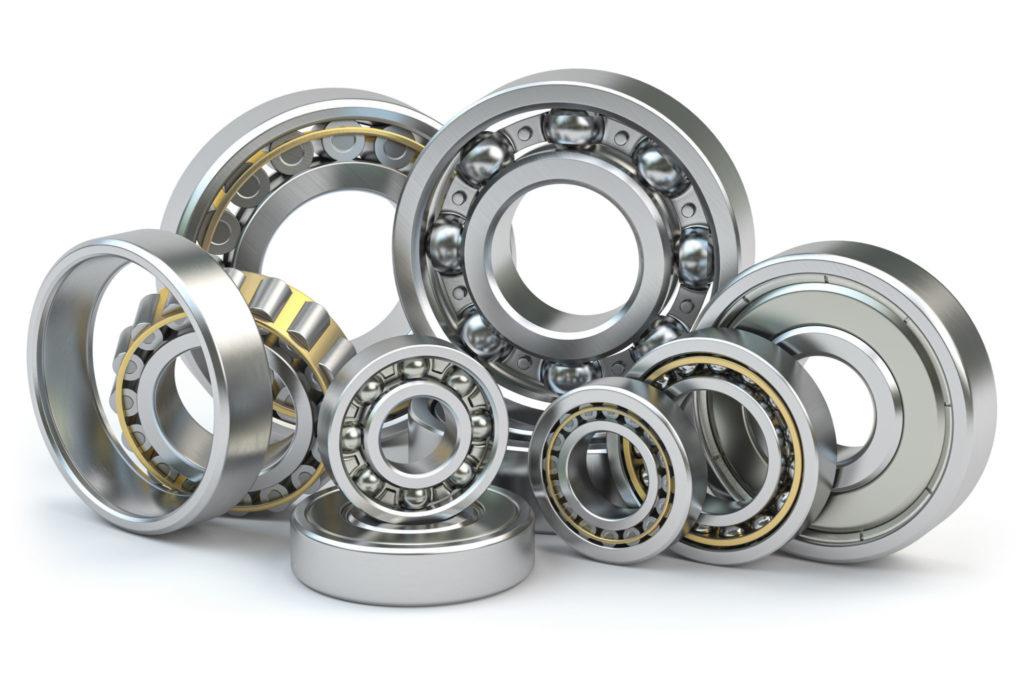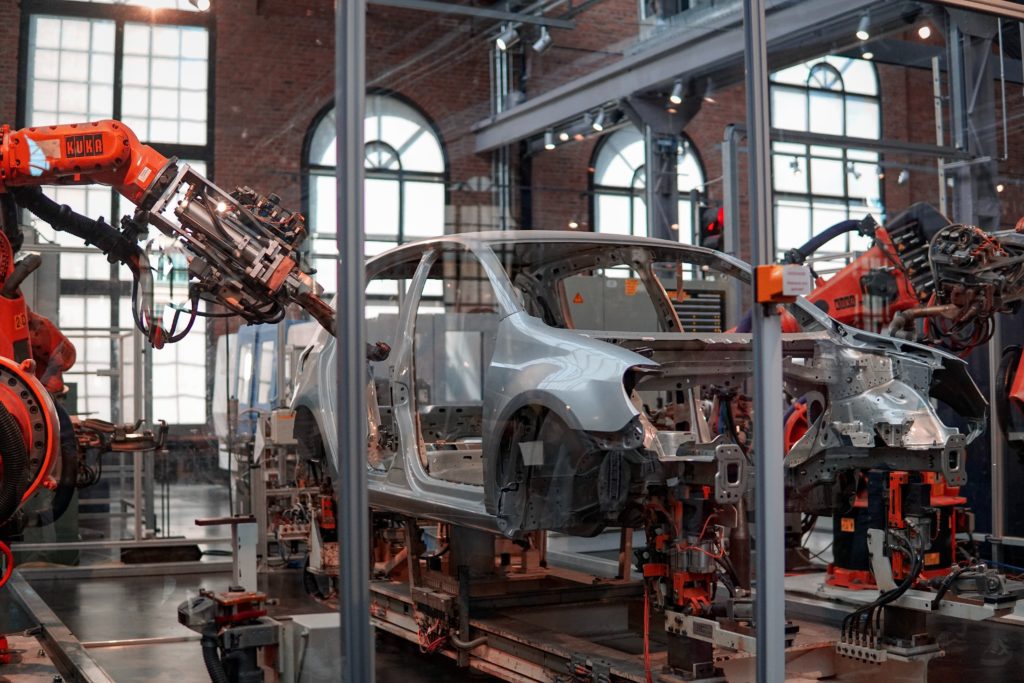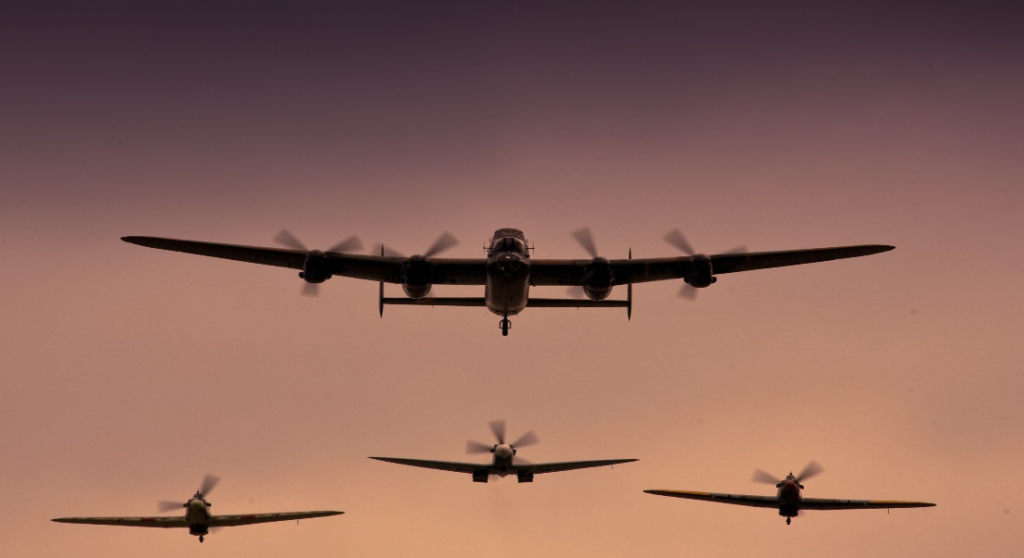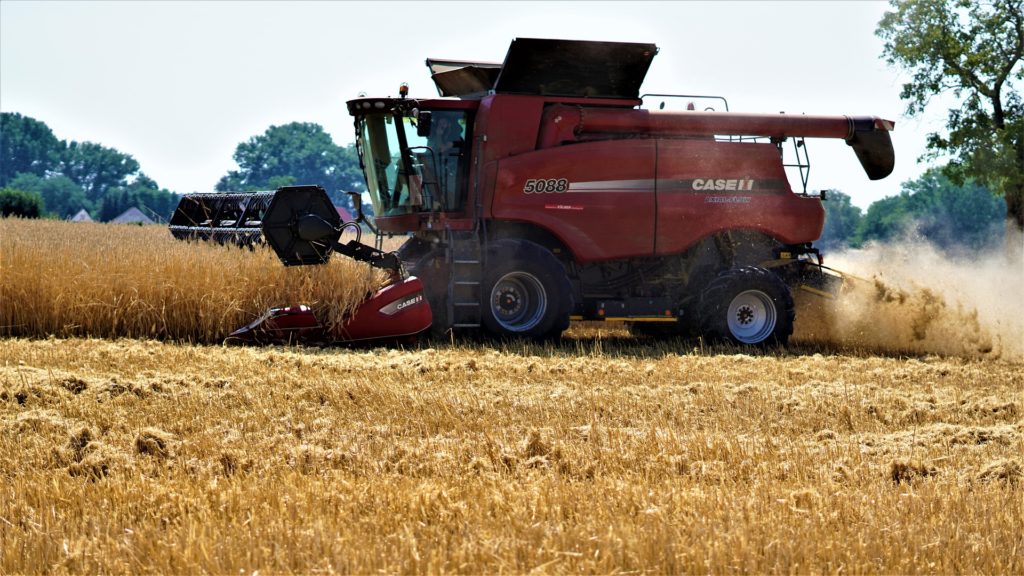Motorcycles make extensive use of bearings. Motorcycle bearings’ functions are to ensure durability and facilitate a smooth ride due to their property to reduce friction and vibration. These bearings support the movement of the motorcycle’s major rotating components, such as the wheels, engine, and gearbox, by lowering friction, functioning smoothly, and ensuring that the engine’s motive power is consistently transferred to the wheels.
Bearings for motorcycle engines and transmissions must have extremely high stiffness and excellent anti-dust qualities since they have to deal with numerous external incursions under high rotation speed and are subjected to shock loads at high temperatures. Durability in the face of mud and water is also important because wheel bearings in motorcycles are used for a variety of road conditions.
There are an average of around 100 to 150 bearings in a vehicle with a conventional engine, and a number of between 20 to 30 bearings are built into a single motorcycle based on the model and its structural elements.

The following are some examples of vehicle parts that utilise various bearing types:
Wheels
Wheels can be equipped with ball bearings to support mobility. The bearings are installed in the cage and help the wheels to operate properly.
Engine
The crankshaft and other rotating engine components are supported by a variety of bearings during operation of the piston engine in cars. Different bearing types, including ball bearings, tapered roller bearings, and ball thrust bearings, are employed in such circumstances.
Transmission
The transmission, which turns engine energy into motion through gears, is the most important component in a car. In these situations, the shaft is supported by bearings so that the desired force can be applied, controlling the speed. Such applications might make use of deep groove ball bearings, cylindrical roller bearings, and tapered roller bearings depending on the axial and radial loads.












